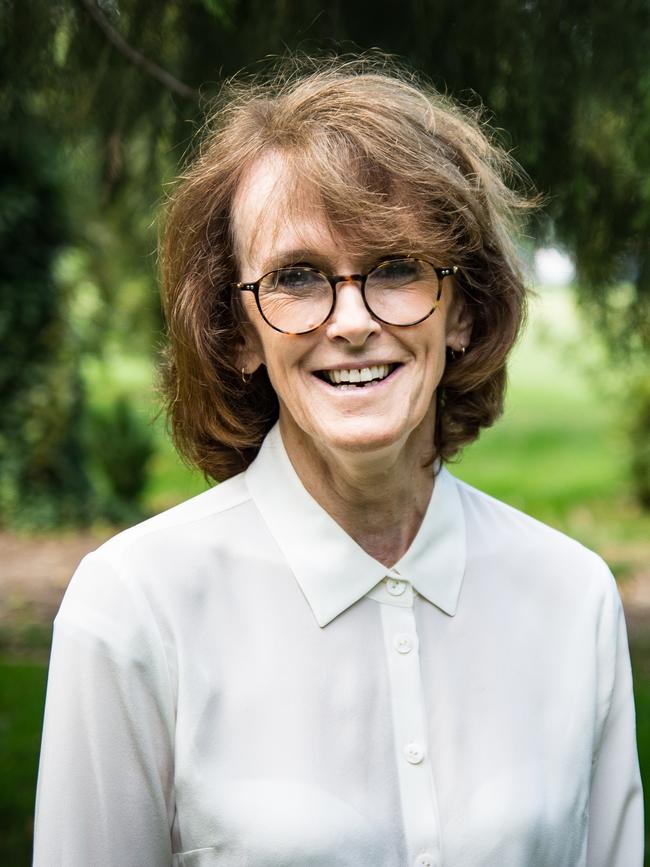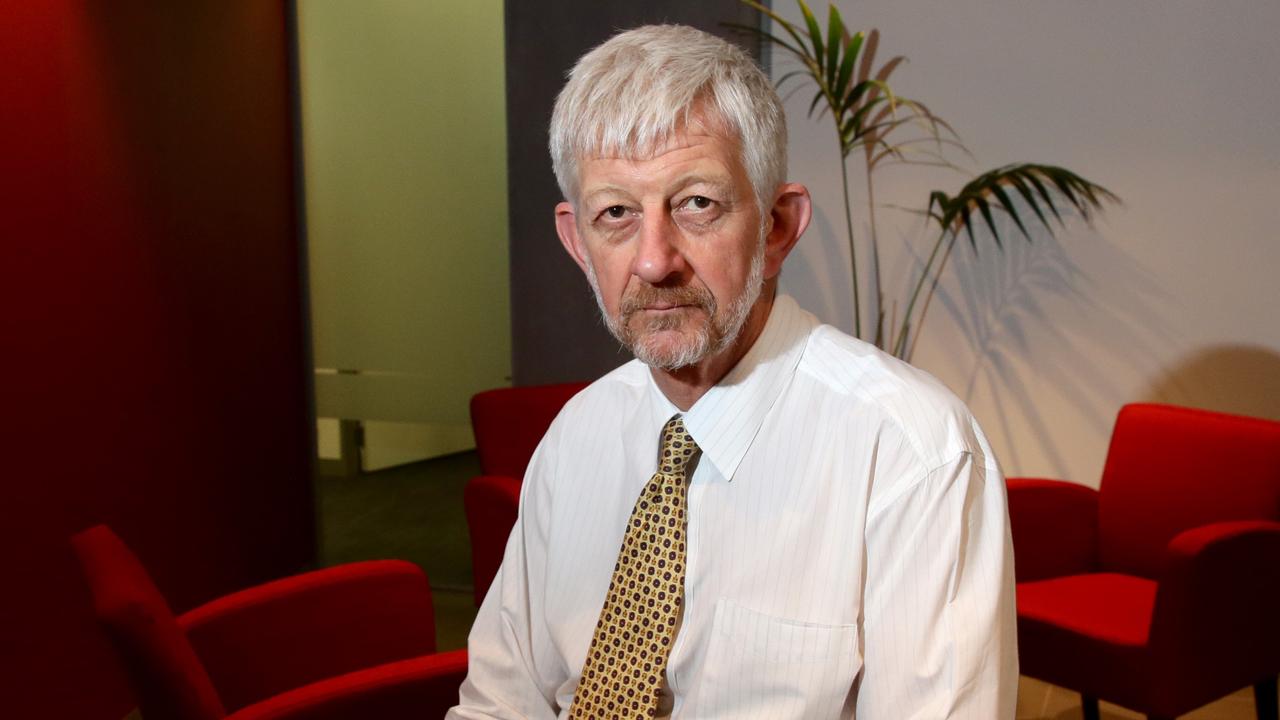Free for all: the case for blowing up research publishing

“Broad open access to science and research could help industry understand the latest developments. Open access can accelerate the uptake of medical methods that are more effective, more accurate and safe,” is the pitch.
What Dr Foley proposes is for government to negotiate big deals with global publishers so all of us could read their thousands of journals. Dr Foley suggests it could be like the Pharmaceutical Benefits Scheme, where the government is a single buyer of publicly funded medicines.
It would replace longstanding arrangements, where libraries and their industry association negotiate separate deals and only university and research agency staff can read a publisher’s product.
There’s more to the idea than productivity. According to Dr Foley, Australian universities and research agencies spend up to $500m a year on subscriptions and content costs. It’s public money well spent, except taxpayers pay the bill but don’t get to read the results, unless we individually cough up thousands of dollars for a subscription or pay $50 or so to buy access to a single article.
Other than publishers and academics who don’t want to disrupt what works for them, nobody much argues there isn’t a case for blowing up research publishing.
Under the long-established worldwide model an academic submits a paper to a journal, where it is peer reviewed by other researchers and then appears in a subscriber-funded discipline-specific publication. This dates from the days when journals had to be printed and mailed – which cost money. So the deal was authors were not paid for the article, which was almost always based on taxpayer-funded research; neither were the reviewers, who were other academics. In return the publisher paid for production and distribution.

The internet changed everything, except the cost structure. Now the publishers generally get the content and reviewing for free, but production and distribution costs are way lower. Plus to keep everybody paying top dollar they keep content behind paywalls for as long as they can. This is critical in science and medicine where research happens so fast that even a 12-month embargo on open access means universities must pay up so scientists can keep up.
As a way to socialise costs this is hard to beat. And it is a great way to privatise the profits.
Journal publishing is a money-press for global publishers, such as Elsevier, which has 2900 research mastheads. The division of RELX corporation which includes Elsevier reported a global first half 2024 turnover of $2.9bn and a 37 per cent operating profit.
The big publishers get away with it because they have always been completely integrated in the world research system, producing the prestige journals and because academics generally just assume taxpayers pick up the bill.
This drives European governments nuts and the Biden Administration has got involved – there are now requirements in the US, UK and EU nations that all publications based on publicly funded research must be open access, free for everybody to read on publication. To which publishers respond by switching from charging subscriptions to requiring researchers (more likely their universities) to pay “article processing charges”.
Doing anything about this used to be too hard for Australian research funders but agencies are arcing up. The National Health and Medical Research Council now requires articles based on work it funds be open access from publication date. (The other big funding agency, the Australian Research Council, has a weasel-worded requirement on OA). And the Council of Australian University Librarians has negotiated agreements with dozens of publishers, including Elsevier, to make new articles by researchers in Australia open access. While terms are not disclosed the cost is now part of libraries’ subscription bills.
In library land this is a very big deal and it is working; a scholarly publishing expert suggests 70 per cent of Australian research is free for all of us to read.
But it is way short of what Dr Foley wants. What she proposes would be a world first and some publishers are willing to talk – a national deal with Australia would create a precedent and leave them at the centre of the industry.
But the government and libraries not so much. Dr Foley is in the portfolio of Industry and Science Minister Ed Husic, whose office did not reply to requests for comment for this story. And librarians who have worked on increasing access for years are quietly critical of a government agency negotiating deals that bind them.
With Dr Foley’s term expiring at year end it looks like the initiative will exit with her.
But it, and plans like it, won’t disappear – the idea that publicly funded research should be public is hard to argue with.






Chief Scientist Cathy Foley has a way to improve Australia’s productivity – make all the world’s research free for every Australian to read.